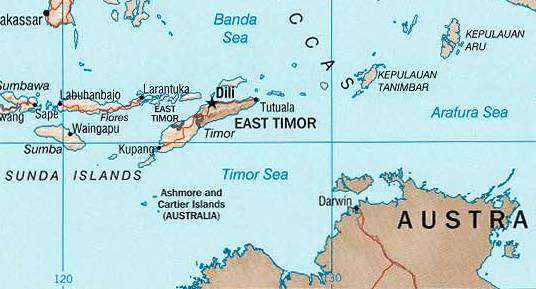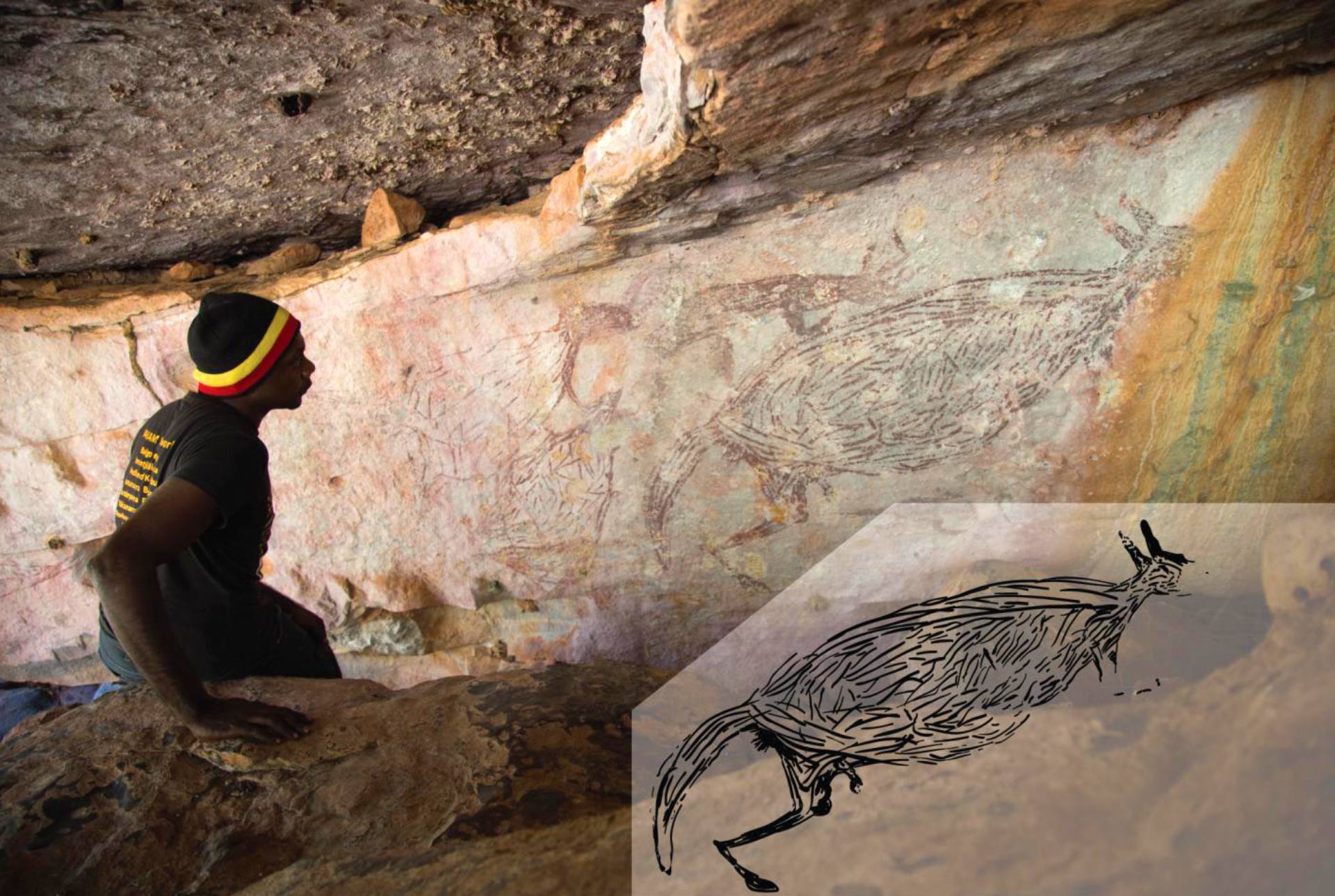|
2000–01 Australian Region Cyclone Season
The 2000–01 Australian region cyclone season was a below average tropical cyclone season. It began on 1 November 2000 and ended on 30 April 2001. The regional tropical cyclone operational plan also defines a ''tropical cyclone year'' separately from a ''tropical cyclone season'', which runs from 1 July 2000 to 30 June 2001. Tropical cyclones in this area are monitored by four Tropical Cyclone Warning Centres (TCWCs): the Australian Bureau of Meteorology in Perth, Darwin, and Brisbane; and TCWC Port Moresby in Papua New Guinea. __TOC__ Season timeline ImageSize = width:850 height:220 PlotArea = top:10 bottom:80 right:20 left:20 Legend = columns:3 left:30 top:58 columnwidth:270 AlignBars = early DateFormat = dd/mm/yyyy Period = from:01/11/2000 till:01/05/2001 TimeAxis = orientation:horizontal ScaleMinor = grid:black unit:month increment:1 start:01/12/2000 Colors = id:canvas value:gray(0.88) id:GP value:red id:TL value:rgb(0.43,0.76,0.92) legend ... [...More Info...] [...Related Items...] OR: [Wikipedia] [Google] [Baidu] |
Cyclone Sam
Severe Tropical Cyclone Sam (JTWC designation: 03S) was an intense tropical cyclone that brought flooding rainfall to a wide swath of northern Australia in December 2000. The first tropical cyclone of the regional season, Sam originated from a tropical low that formed in the Arafura Sea on 28 November. Tracking generally westward, the initial low-pressure area remained generally weak until it entered the Timor Sea, by which time it had strengthened into a tropical cyclone on 5 December. Though a subtropical ridge was forcing the cyclone westward at the time, an approaching shortwave trough caused Sam to track southward the following day, towards the Australian coast. During its southward progression, Sam rapidly intensified, and reached its peak intensity on 8 December. Soon afterwards, the storm made landfall near Lagrange, Western Australia at the same intensity. Once inland, Sam was slow to weaken as it re-curved eastward, and persisted for nearly a week ... [...More Info...] [...Related Items...] OR: [Wikipedia] [Google] [Baidu] |
Timor Sea
The Timor Sea (, , or ) is a relatively shallow sea in the Indian Ocean bounded to the north by the island of Timor with Timor-Leste to the north, Indonesia to the northwest, Arafura Sea to the east, and to the south by Australia. The Sunda Trench marks the deepest point of the Timor Sea with a depth of more than 3300 metres, separating the continents of Oceania in the southeast and Asia to the northwest and north. The Timor sea is prone to earthquakes and tsunamis north of the Sunda Trench, due to its location on the Ring of Fire as well as volcanic activity and can experience major cyclones, due to the proximity from the Equator. The sea contains a number of reefs, uninhabited islands and significant hydrocarbon reserves. International disputes emerged after the reserves were discovered resulting in the signing of the Timor Sea Treaty. The Timor Sea was hit by the worst Montara oil spill, oil spill for 25 years in 2009. It is possible that Australia's first inhabitants cros ... [...More Info...] [...Related Items...] OR: [Wikipedia] [Google] [Baidu] |
Onslow, Western Australia
Onslow is a coastal town in the Pilbara region of Western Australia, north of Perth. It had a population of 829 people as at 2021 and is located within the Shire of Ashburton local government area. The town is served by Onslow Airport, and is located 76 km off of the North West Coastal Highway. History Onslow was gazetted on 26 October 1885 as a town to serve the port at Ashburton Roads, at the mouth of the Ashburton River, exporting wool from sheep stations of the Pilbara hinterland. It was named after the Chief Justice of Western Australia, Alexander Onslow. Wool continued to be the major industry for the next 80 years, despite the extremes of drought and flood that characterize the region and are related to the passage or absence of cyclones. Although a large jetty was built at the original site of Onslow (Old Onslow), repeated cyclone damage and the silting up of the river caused increasing problems with the loading and unloading of visiting ships. The cargo was tra ... [...More Info...] [...Related Items...] OR: [Wikipedia] [Google] [Baidu] |
Pardoo, Western Australia
Pardoo Station is a pastoral lease, formerly a sheep station, and now a cattle station approximately east of Port Hedland and north of Marble Bar, in the Pilbara region of Western Australia. Description The property used to be about in size. It is on the western end of the Great Sandy Desert where it meets the Indian Ocean at the southern end of the Eighty Mile Beach. Mount Goldsworthy, located on the south western side of the lease, is the site of the first iron ore mine in the Pilbara. The Pardoo iron ore mine is located in the region, and shares the station's name. The station was sold in late 2014 by the Rogers family to a Singaporean-based investor, Bruce Cheung, for 13.5 million. Cheung's company, the Pardoo Beef Corporation, appointed Eric Golangco as the general manager. At this time the property was running 5,700 head of cattle on . Centre-pivot irrigation is being used to produce extra hay for stock. The property also has of ocean frontage and has a 145-bay ... [...More Info...] [...Related Items...] OR: [Wikipedia] [Google] [Baidu] |
Kimberley Region Of Western Australia
The Kimberley is the northernmost of the nine regions of Western Australia. It is bordered on the west by the Indian Ocean, on the north by the Timor Sea, on the south by the Great Sandy and Tanami deserts in the region of the Pilbara, and on the east by the Northern Territory. The region was named in 1879 by government surveyor Alexander Forrest after Secretary of State for the Colonies John Wodehouse, 1st Earl of Kimberley. History The Kimberley was one of the earliest settled parts of Australia, with the first humans landing about 65,000 years ago. They created a complex culture that developed over thousands of years. Yam ('' Dioscorea hastifolia'') agriculture was developed, and rock art suggests that this was where some of the earliest boomerangs were invented. The worship of Wandjina deities was most common in this region, and a complex theology dealing with the transmigration of souls was part of the local people's religious philosophy. During the 18th century, Dut ... [...More Info...] [...Related Items...] OR: [Wikipedia] [Google] [Baidu] |
Asylum In Australia
Asylum in Australia has been granted to many refugees since 1945, when half a million Europeans displaced by World War II were given asylum. Since then, there have been periodic waves of asylum seekers from South East Asia and the Middle East, with government policy and public opinion changing over the years. Refugees are governed by statutes and government policies which seek to implement Australia's obligations under the Convention relating to the Status of Refugees, to which Australia is a party. Thousands of refugees have sought asylum in Australia over the past decade, with the main forces driving movement being war, civil unrest and persecution. The annual refugee quota in 2012 was 20,000 people. From 1945 to the early 1990s, more than half a million refugees and other displaced persons were accepted into Australia. Historically, most asylum seekers arrived by plane. However, there was an increasing number of asylum seekers arriving by boat in the late 2000s and early 201 ... [...More Info...] [...Related Items...] OR: [Wikipedia] [Google] [Baidu] |
Power Outage
A power outage, also called a blackout, a power failure, a power blackout, a power loss, a power cut, or a power out is the complete loss of the electrical power network supply to an end user. There are many causes of power failures in an electricity network. Examples of these causes include faults at power stations, damage to Electric power transmission, electric transmission lines, Electrical substation, substations or other parts of the electricity distribution, distribution system, a short circuit, Cascading failure#Cascading failure in power transmission, cascading failure, fuse (electrical), fuse or circuit breaker operation. Power failures are particularly critical at sites where the environment and public safety are at risk. Institutions such as hospitals, Sewage Treatment, sewage treatment plants, and mining, mines will usually have backup power sources such as emergency power system, standby generators, which will automatically start up when electrical power is lost ... [...More Info...] [...Related Items...] OR: [Wikipedia] [Google] [Baidu] |
Bidyadanga, Western Australia
Lagrange Bay is located south of Broome, Western Australia in the Kimberley region. It is the site of the Catholic Pallottine ''La Grange Mission'', and the Aboriginal community of Bidyadanga Bidyadanga, also known as La Grange, is the largest Aboriginal community in Western Australia, with a population of approximately 750 residents. It is located south of Broome and from the state capital Perth, in the Kimberley region. The tr .... It was the location of the La Grange massacre and expedition in 1865. See also * Explorers' Monument References Further reading * Zucker, Margaret.(2005) ''From patrons to partners and the separated children of the Kimberley : a history of the Catholic Church in the Kimberley, WA'' Fremantle, W.A. : University of Notre Dame Australia Press. Kimberley (Western Australia) Bays of Western Australia Australian Aboriginal missions {{WesternAustralia-geo-stub ... [...More Info...] [...Related Items...] OR: [Wikipedia] [Google] [Baidu] |
Landfall
Landfall is the event of a storm moving over land after being over water. More broadly, and in relation to human travel, it refers to 'the first land that is reached or seen at the end of a journey across the sea or through the air, or the fact of arriving there.' Tropical cyclone A tropical cyclone is classified as making landfall when the center of the storm moves across the coast; in a relatively strong tropical cyclone, this is when the center of its eye moves over land. This is where most of the damage occurs within a mature tropical cyclone, such as a typhoon or hurricane, as most of the damaging aspects of these systems are concentrated near the eyewall. Such effects include the peaking of the storm surge, the core of strong winds coming ashore, and heavy flooding rains. These coupled with high surf can cause major beach erosion. When a tropical cyclone makes landfall, the eye usually closes in upon itself due to negative environmental factors over land, such as ... [...More Info...] [...Related Items...] OR: [Wikipedia] [Google] [Baidu] |
Rapid Deepening
Rapid intensification (RI) is any process wherein a tropical cyclone strengthens very dramatically in a short period of time. Tropical cyclone forecasting agencies utilize differing thresholds for designating rapid intensification events, though the most widely used definition stipulates an increase in the maximum sustained winds of a tropical cyclone of at least in a 24-hour period. However, periods of rapid intensification often last longer than a day. About 20–30% of all tropical cyclones undergo rapid intensification, including a majority of tropical cyclones with peak wind speeds exceeding . Rapid intensification constitutes a major source of error for tropical cyclone forecasting, and its predictability is commonly cited as a key area for improvement. The specific physical mechanisms that underlie rapid intensification and the environmental conditions necessary to support rapid intensification are unclear due to the complex interactions between the environment surro ... [...More Info...] [...Related Items...] OR: [Wikipedia] [Google] [Baidu] |






